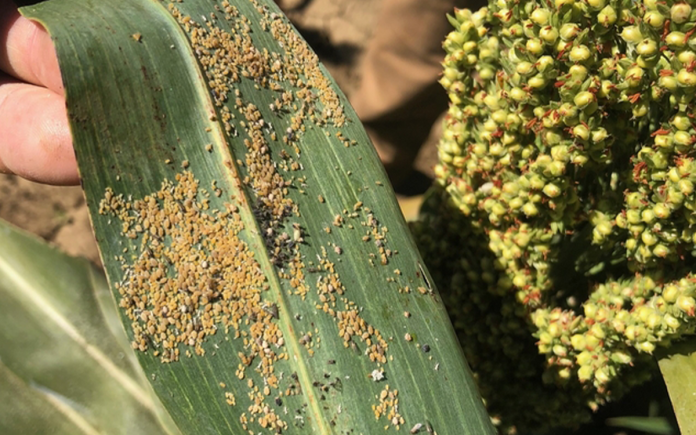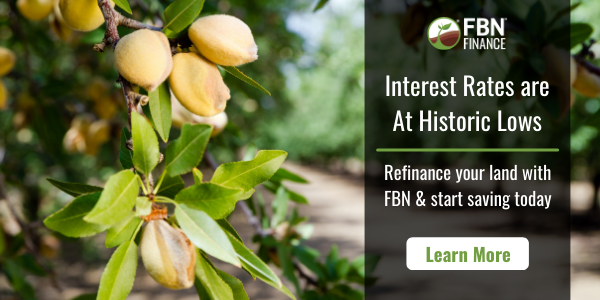
Scouting forage sorghum fields early in the growing season for sugarcane aphid infestations may save considerable crop damage.
UCCE Farm Advisor Nick Clark, in a presentation for the virtual UC Alfalfa and Forage Field Day, said this invasive crop pest reproduces rapidly, and infestations have the potential to cause severe crop damage if not recognized and controlled early.
Dairy producers and those who grow forage crops for dairy silage plant forage sorghum for its drought tolerance and high yields. In 2016, the sugarcane aphid, an invasive pest from Mexico, spread into California forage sorghum fields and caused crop losses.
Sugarcane aphids suck plant juices and excrete honeydew. Their feeding on forage sorghum causes stunting, delayed development, diminished grain production and early senescence. The honeydew causes sooty mold on plants, affecting photosynthesis.
Field trials have shown that early infestation by this pest causes higher yield loss. In 20% of infested fields with no treatment, crop loss of 80% to 100% can be sustained if infestation occurs in the pre-boot stage. Infestation in the boot stage can cause yield loss of 52% to 69%. At panicle emergence, yield loss can be 67%.
Sugarcane aphids can be light green to orange in color. They are distinguished by black antennae, black cornicles and black feet.
Sugarcane aphid infestations are easy to spot, Clark said. Honeydew makes the leaves appear shiny and aphids are easily visible on the leaves. He advised scouting field edges weekly until sugarcane aphid is identified in the field. When sampling, he said to take leaves from plants 50 feet in from the field edge. Pull top and bottom leaves from 15 to 20 plants. The treatment threshold is reached when 25% of the samples have 50 or more aphids per leaf. 50 aphids can cover a dime-size area on the leaf.
Preventative controls for sugarcane aphid include managing Johnsongrass, which can serve as an overwintering host to sugarcane aphid, planting the forage sorghum crop as early as possible, keeping plants healthy and vigorous and using neonicotinoid-treated seed.
If chemical control is necessary, an aphid-specific treatment recommendation is flupyradifurone (Sivanto) in a water volume high enough for good foliar coverage.
Clark noted that growing populations of natural enemies including parasitoid wasps have been observed to control sugarcane aphid, but not always prevent crop damage.






















